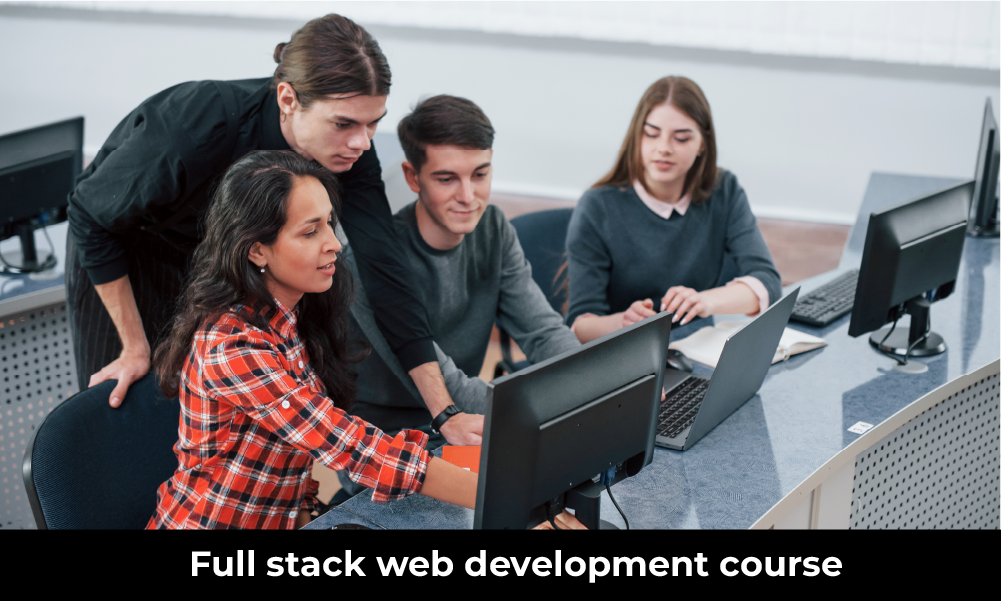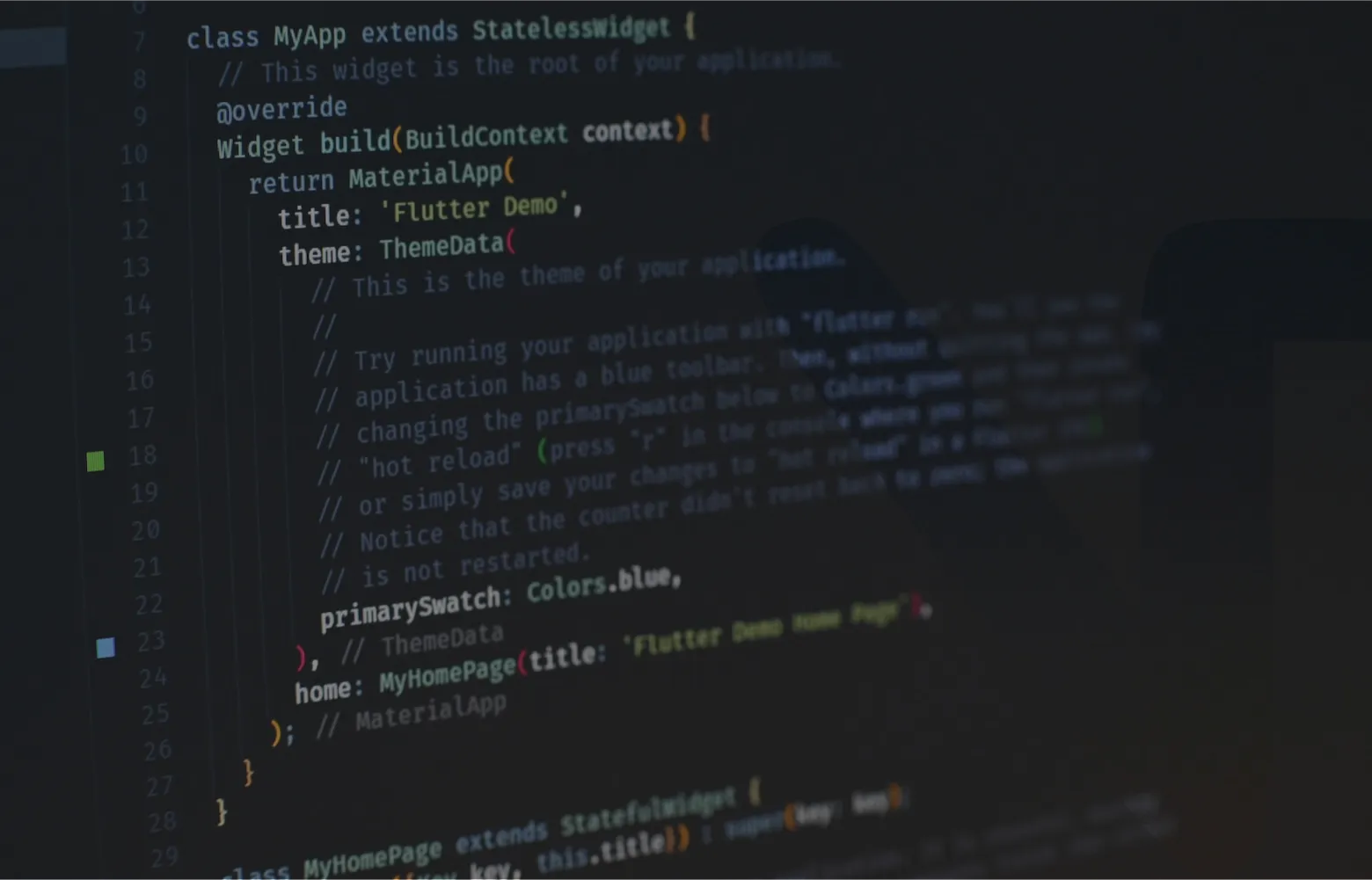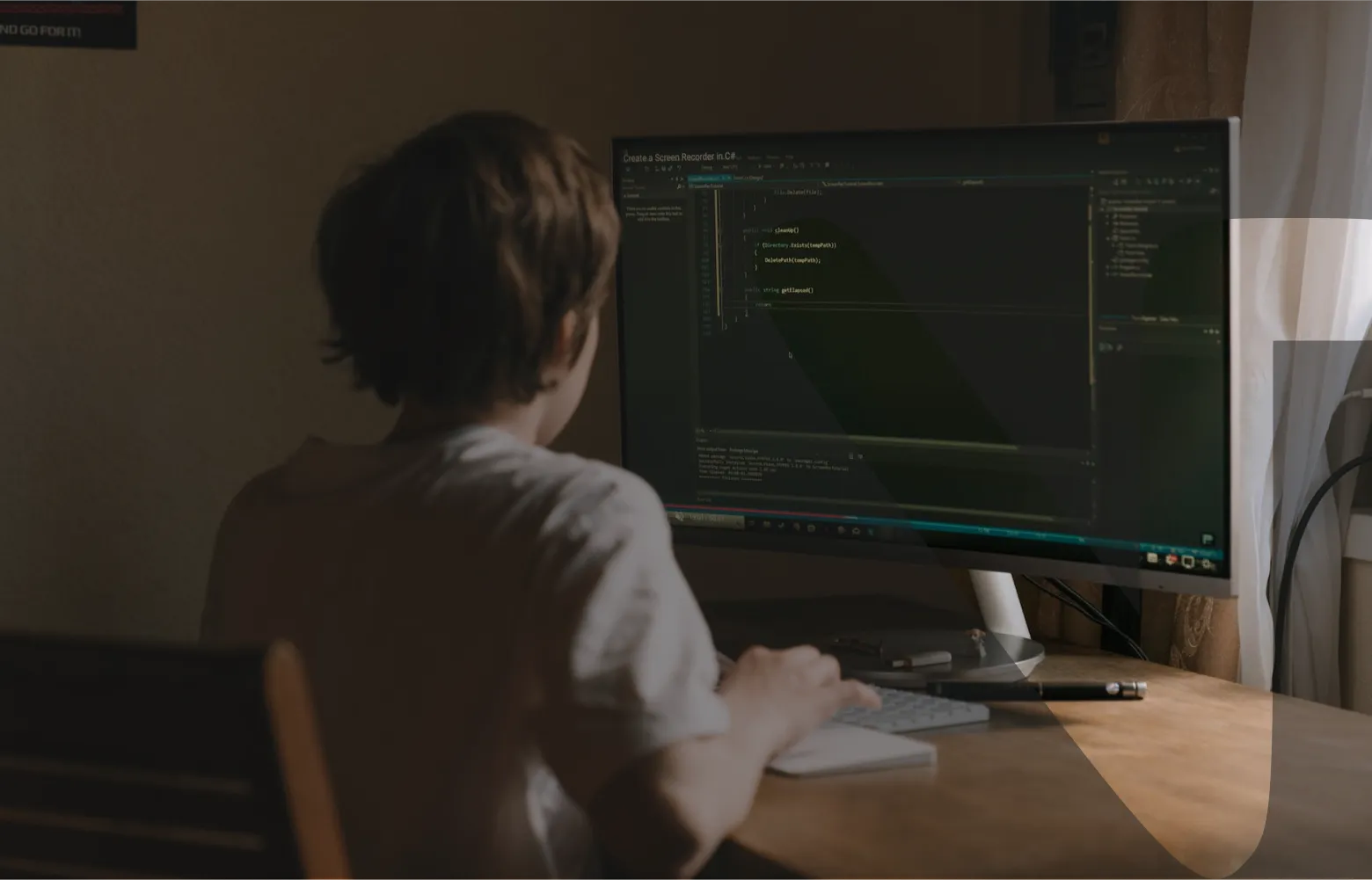
Top Online Full Stack Web Development Course Certification to Advance Your Career
Learn what a full stack development course is, its key features, benefits, career prospects, and more. Master web development skills to boost your career.

When we talk about full stack project ideas, it’s not just about picking a random idea and building something. The key question is: why are these projects so essential?
For anyone starting out or professionals looking for advancement, full-stack web projects offer the best platforms to apply and demonstrate real-world skills. The reality today is that apart from certifications, what employers really want is supporting evidence of knowledge: Projects represent proof that we can build something functional and end-to-end.
Full stack projects encourage project-based learning, so we get to become all-rounders in skills. We have knowledge of frontend, backend, databases, and deployment, thus providing us with a breadth and depth of knowledge about web applications. These projects also show that we have an aptitude for designing user-friendly interfaces, managing server-side processes, handling data securely, and delivering a fast and reliable application.
For those aiming to stand ahead in the job market, a full stack web development project builds up the CV. Whether it’s building an e-commerce site, creating a social media application, or an analytics dashboard, the testimonials model technical competencies and problem-solving abilities.
But let’s not just focus on jobs. These projects also allow us to experiment with technologies and explore how different tools work together. This hands-on approach builds confidence and teaches lessons that tutorials alone cannot.
Also Read: What is Full Stack Developer?
To execute the right project ideas for full stack development, we need to choose the right tools. The following categories help us cover the essentials:
Frontend development is all about what the user interacts with. Here are the most reliable options:
React.js:
Angular:
Bootstrap:
The backend powers the logic behind applications:
Node.js:
Express.js:
Django:
Every app needs data storage, and these databases work well with full stack projects:
MongoDB:
MySQL:
PostgreSQL:
To simplify development, we can combine tools into stacks:
MERN (MongoDB, Express.js, React.js, Node.js):
MEAN (MongoDB, Express.js, Angular, Node.js):
LAMP (Linux, Apache, MySQL, PHP):
Once a project is ready, it needs to be deployed. Here’s what works best:
Heroku:
AWS (Amazon Web Services):
Docker:
Also Read: Future of Full Stack Developer in India

POSTGRADUATE PROGRAM IN
Multi Cloud Architecture & DevOps
Master cloud architecture, DevOps practices, and automation to build scalable, resilient systems.
Starting can feel overwhelming, especially with so many tools and technologies. But by breaking it down step by step, we can simplify the process.
A to-do list app, a personal portfolio website, or a basic blog platform are all great choices.
Before coding, outline the project:
Once the frontend is ready, move to the server side. Set up APIs using Node.js or Django to handle requests.
Use MongoDB for apps like a to-do list, where the data structure isn’t rigid. For a blogging platform, MySQL or PostgreSQL might work better for organising posts and comments.
Check every function thoroughly. Fix errors, optimise the code, and make sure the app runs smoothly on all devices.
Finally, host the app online. Heroku is beginner-friendly and works well for small projects. For something more robust, AWS can handle larger user bases.
When starting with full stack web development projects, simplicity is the key. These beginner-friendly full stack project ideas help us focus on frontend and backend basics without feeling overwhelmed.
A to-do list app is a straightforward project that helps us learn how to manage user input and data storage. This app lets users create tasks, mark them as completed, and delete them.
Technologies to Use:
This project introduces CRUD operations (Create, Read, Update, Delete), a fundamental concept in web development.
Features to Include:
A personal portfolio website is essential for showcasing skills and projects. This project lets us experiment with dynamic content, responsive design, and frontend frameworks.
Technologies to Use:
For a standout portfolio, focus on clean design and intuitive navigation. This project also highlights our ability to blend design and functionality.
Features to Include:
A blog creation platform is a step up from basic projects. It involves user authentication, content management, and backend integration.
Technologies to Use:
We can integrate rich-text editors for blog content and focus on creating a secure authentication system. This project introduces us to user roles and database interactions.
Features to Include:
A weather forecast app is an excellent way to learn API integration. This project fetches real-time weather data based on user input and displays it in a visually appealing format.
Technologies to Use:
This project enhances our understanding of working with external APIs and real-time data updates.
Features to Include:
Intermediate-level full stack web development projects involve more complex features and challenge us to handle real-world scenarios.
A social media app tests our ability to work with user-generated content and real-time interactions. It allows users to create posts, comment, and like others’ content.
Technologies to Use:
This project introduces WebSockets and challenges us to manage large volumes of data efficiently.
Features to Include:
E-commerce platforms require backend systems to handle inventory, payments, and user orders. Adding an admin panel gives us experience in managing roles and permissions.
Technologies to Use:
This project is perfect for demonstrating our ability to create scalable and secure applications.
Features to Include:
An analytics dashboard is ideal for practising data visualisation. This project helps us understand how to process and display complex datasets.
Technologies to Use:
This project showcases our ability to manage large datasets and create visually impactful interfaces.
Features to Include:
An online learning platform combines various concepts, including video hosting, course management, and progress tracking. It also tests our ability to implement complex authentication systems.
Technologies to Use:
This project is a comprehensive exercise in building a fully functional web application.
Features to Include:

82.9%
of professionals don't believe their degree can help them get ahead at work.
At this stage, full stack project ideas need to go beyond the basics. Advanced projects test our expertise, creativity, and ability to handle complex systems. These ideas incorporate technologies like artificial intelligence, real-time communication, and blockchain, ensuring that our portfolio stands out.
Video conferencing has become essential in hybrid work and education. A platform that supports multiple participants, screen sharing, and secure communication showcases advanced technical capabilities.
Technologies to Use:
This project demonstrates our ability to handle real-time media processing and high-volume data flow.
Key Features to Include:
Music recommendation systems are all about personalisation. By using AI, we can create an app that learns user preferences and suggests music that fits their taste.
Technologies to Use:
This project highlights our ability to integrate machine learning with full stack web development projects.
Key Features to Include:
A blockchain voting system ensures transparency and security. This app records votes in a decentralised ledger, making them tamper-proof.
Technologies to Use:
This project showcases our ability to use cutting-edge technology to solve real-world problems.
Key Features to Include:
Augmented reality adds a new dimension to online shopping. An AR e-commerce app allows users to virtually try products before buying, improving their experience.
Technologies to Use:
This project shows expertise in blending innovative technologies with practical applications.
Key Features to Include:
Choosing the right project is crucial for maximising learning and impact. Here are some tips to help us make better decisions:
Align Projects with Career Goals:
Focus on project ideas for full stack development that match your aspirations. If you’re interested in fintech, build a payment app. For gaming, try creating a multiplayer platform.
Start Small and Scale Gradually:
Begin with core features. Add advanced functionalities like AI or real-time updates as you progress.
Prioritise Scalability:
Use tools like AWS or Docker to handle increasing user demand. This is essential for projects like e-commerce platforms or social media apps.
Experiment with Emerging Technologies:
Explore AR, blockchain, or AI for innovation. These technologies are in high demand and make portfolios stand out.
Solve Real-World Problems:
Create apps that address specific needs, like a student management system for colleges or a local event-planning app.
Full stack project ideas provide the essence of mastering web development. Start with simple such as to-do lists or portfolio websites, and then gradually go to intermediate-level projects such as social media or analytical dashboards; these will broaden your horizons. Projects on advanced levels, such as AI apps, blockchain systems, or AR e-commerce platforms, exhibit professional expertise and creativity.
Such projects exhibit mastering full stack web development projects as they combine frontend and backend skills with real-life problem-solving. Selecting meaningful project ideas ensures personal growth as well as an impressive portfolio to attract opportunities in full stack development. Every project built and documented adds immeasurable value to highlight one’s ability to create scalable, innovative, and influential applications.
To speed up your journey, explore the Certificate Program in Full Stack Development with Specialisation in Web and Mobile by Hero Vired, which offers hands-on training with real-life projects and the involvement of industry experts. With this program, prepare yourself to undertake and tackle web development projects to make your portfolio shine. You are undeniably a step closer to creating impactful applications and propelling your career forward.
Updated on January 21, 2025

Learn what a full stack development course is, its key features, benefits, career prospects, and more. Master web development skills to boost your career.

Explore app development course; key benefits, skills gained, and career opportunities in the booming tech industry, and course fees.
![How to Become an App Developer in 2025 [A Detailed Guide]](https://staging.herovired.com/wp-content/uploads/2024/01/app-development-scaled.jpg)
Discover the steps & resources about how to become an app developer. Know the must-have skills and get ready to kickstart your app development career.

It is Easy to Build an App when you have knowledge of Computer Science. Read the Blog All You Need to Know about Computer Science for Application Development

Discover why Flutter is revolutionizing cross-platform app development. Learn its benefits, features, and why it’s the go-to framework for developers worldwide.

Learn what Flutter is, its features, and how it simplifies cross-platform app development. Discover the benefits of Flutter and its popular use cases.

Hybrid apps are essentially web apps that have been put in a native app shell. Read here how hybrid apps are differ from Native and web apps.

Developing applications is a critical job role in today’s world. In this blog, we have listed top 5 things to consider before you design and build an application.